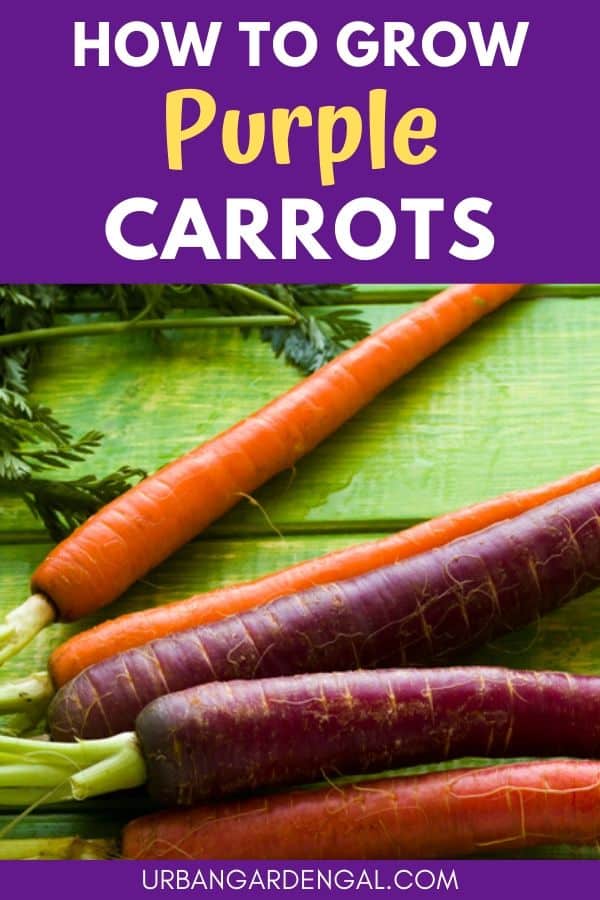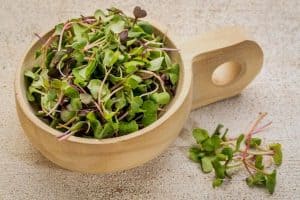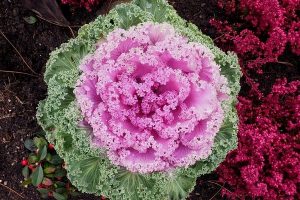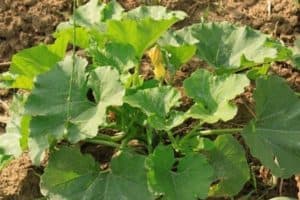Purple carrot growing guide
Growing purple carrots in your garden is a great way to add color and extra nutrition to your meals.
Purple carrots are fairly easy to grow, as long as you have the right type of soil.
In this article you’ll learn some handy tips for growing purple carrots at home.
This post contains affiliate links. Please read the disclosure for more info.

Originally carrots were purple or yellow before the orange varieties appeared many years later.
Purple carrots have similar growing requirements to regular carrots and they’re packed with anthocyanins, which are natural purple colored pigments that are also found in red grapes and blueberries.
Purple carrot varieties to plant in your garden
Purple Haze – has a dark purple exterior and a bright orange center.
Cosmic Purple – has similar coloring to purple haze carrots.
Black Nebula – a dark purple carrot that retains its color when cooked.
Planting purple carrot seeds
Carrot seedlings don’t transplant well so it’s best to plant carrot seeds directly in the garden.
Choose a sunny spot in the garden with light, well-drained soil and make sure there are no lumps or small rocks that might cause the carrots to split or grow crooked.
If you have heavy clay soil, it’s a good idea to dig some compost into the soil before planting.
Raised garden beds are ideal for growing carrots. You can also plant purple carrots in containers as long as they’re at least a foot (30 cm) deep.
The best time to plant carrot seeds is from spring to fall in areas with cool to mild temperatures or fall to spring in warm climates.
It’s a good idea to plant a row of seeds every few weeks so that you have a steady supply of carrots to harvest.
Sprinkle the seeds in a row about 1/4 inch (about ½ cm) deep and an inch (2.5 cm) apart. The seeds should germinate about 10 days after planting.
As the seedlings grow, thin them out so they’re about 2 inches (5 cm) apart.
Keep them well watered and mulch around the plants to retain moisture and reduce weeds.
You can fertilize your carrot plants to help them along, but make sure that the fertilizer isn’t high in nitrogen.
High nitrogen fertilisers encourage the carrot tops to grow big, but they don’t help the root growth.

Pests & Diseases
Carrot plants are attractive to deer and rabbits, so if you have a lot of these visitors to your garden, you may need to use a garden cover to keep them out.
Carrots can be affected by carrot rust flies, caterpillars and weevils, so it’s a good idea to rotate your crop each year
Harvesting purple carrots
Harvest your carrots before the weather gets too hot when they reach about 3 to 6 inches (7 to 15 cm) in length.
It usually takes about 70 to 75 days for them to reach this size. [1]
Smaller carrots have a sweeter flavor, so don’t let them grow too big.
Collecting carrot seeds
To collect seeds from your carrot plants, leave them in the garden for two years.
In the second year the plants will produce seed heads which you can cut off when they start to turn brown.
Place them in a paper bag to dry out and you’ll be able to use the seeds for the next few years.
Are purple carrots frost tolerant?
Purple carrots are frost hardy and cold winter temperatures actually make them sweeter by stimulating sugar production in the roots.
If you live in an area with very cold winter temperatures, you can place straw around the plants to protect them from heavy frosts.
RELATED: 15 Frost Tolerant Vegetable Plants
How to use purple carrots
Purple carrots can be used in exactly the same way as regular orange carrots, but the purple color will fade in some varieties when they’re cooked.
Try finely slicing or grating purple carrots to add to salads and sandwiches or use them to make brightly colored soups or juices.
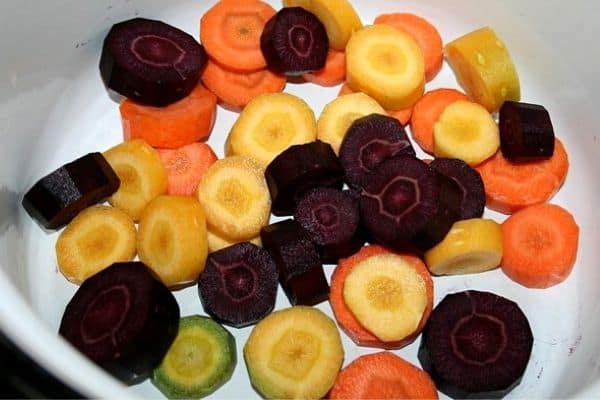
Did you know that carrot tops are also edible?
They have a slightly bitter taste when eaten raw, but you can lightly steam them or add them to soups or stir fries.
So there are my tips for growing purple colored carrots in your garden.
Purple carrots are fun to grow and as well as being super nutritious, they’re great for adding color to your meals.
RELATED ARTICLES
Have you tried growing purple carrots at home? Let me know in the comments below.
Are you on Pinterest? I have boards dedicated to Vegetable Gardening and Gardening Tips that you may enjoy. You can also find me on Facebook.
Don’t forget to pin this post so you can come back to it when you’re ready to start planting.

